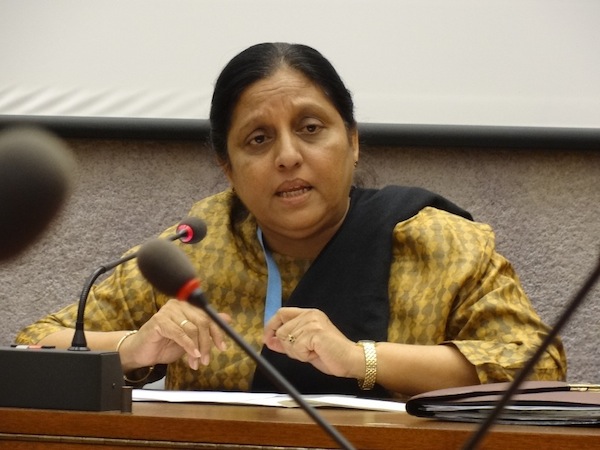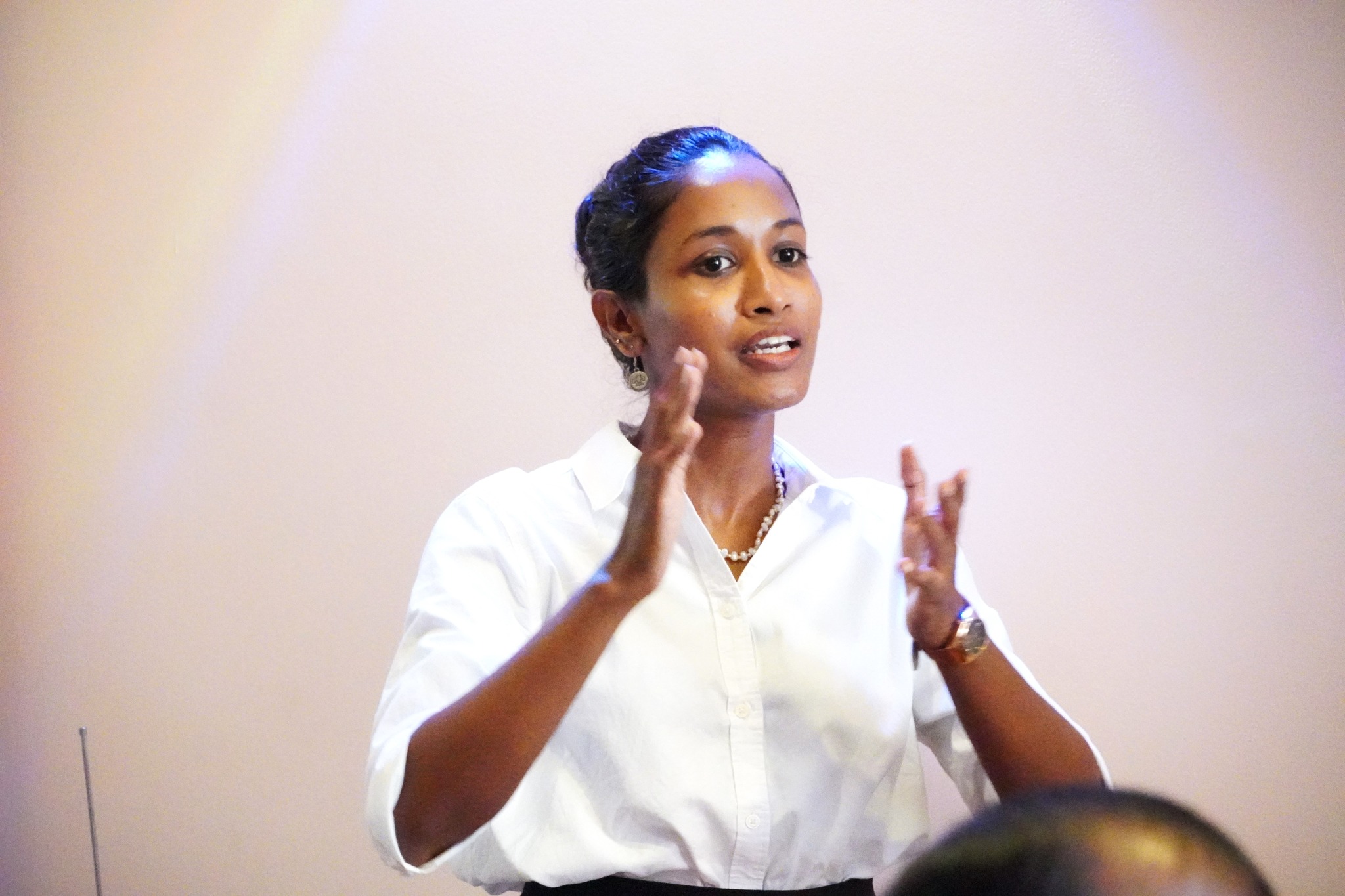 Jayani Abeysekara
Jayani Abeysekara
The journey towards reconciliation and coexistence is a long and arduous one, especially for a nation that has endured decades of distrust, hatred, anger, and pain. In a multi-ethnic and multi-religious country like Sri Lanka, achieving reconciliation requires overcoming deep-seated fears and suspicions of one another. This article explores whether the current efforts, such as the Truth, Unity and Reconciliation Commission, are genuinely aimed at seeking truth and justice, or if they are merely attempts to appease the international community.
Addressing the Past
A decade after the civil war, Sri Lanka faced another traumatic event with the Easter Sunday terrorist attacks in 2018, claiming hundreds of lives. This underscores the reality that unresolved issues and conflicts continue to exist. The end of the war or the suppression of the southern insurrection through severe measures does not necessarily mean that all underlying issues have been resolved. Periodic inquiries into these crises have not resulted in substantial efforts to address the root causes.
The concept of transitional justice emerged as a way to deal with these unresolved issues. Transitional justice is not a new principle but involves a process different from conventional justice systems. It focuses on uncovering the truth about past events, prosecuting perpetrators, compensating victims, and ensuring non-recurrence. These pillars of transitional justice were the focus of the Consultation Task Force on Reconciliation Mechanisms, which traveled around Sri Lanka in 2016, gathering input from affected communities on how to address the past.
Sri Lankan Experiences with Justice
Sri Lanka has had some experience with addressing past wrongdoings, though these efforts have been sporadic and incomplete. Following the 1971 insurrection, the government detained about 18,000 insurgents and established a special commission under the Criminal Justice Commission Act No. 14 of 1972 to try them. Notably, in the highly publicized case of Premawathi Manamperi’s murder, the perpetrators were punished, but overall, state-perpetrated crimes have seldom seen justice.
Similarly, there has been no comprehensive examination or justice served for the Black July pogrom in 1983, the 1988-89 insurrection, or the major conflicts during the war. Previous governments showed little urgency or commitment to investigate or provide relief to victims of wartime atrocities until the advent of the Good Governance regime in 2015.
Ignoring the Past
Previous governments, especially post-2009, largely ignored calls from civil society and citizens for accountability regarding wartime atrocities. The Rajapaksa administration dismissed these demands and employed repression to silence protests. The Sri Lankan government at the time displayed a dismissive attitude towards local and international calls for accountability, including those from the United Nations Human Rights Council (UNHRC).
Following the UNHRC’s special resolution on Sri Lanka in 2009 and subsequent reports in 2010 and 2012 highlighting human rights violations, the government had to begin investigations due to mounting domestic and international pressure. However, these efforts were often superficial and failed to address the fundamental issues or deliver justice.
Resolution 30/1
In a significant shift, the Good Governance regime, which came into power in 2015, pledged to promote reconciliation, accountability, and human rights. This commitment was embodied in Resolution 30/1, co-sponsored by the Sri Lankan government at the UNHRC. The resolution called for various measures, including accountability for human rights violations during the final stages of the war, promoting reconciliation, and addressing the issue of missing persons.
Despite these promises, Sri Lanka has struggled to fully implement the resolution. However, steps such as criminalizing enforced disappearances, establishing the Office of Missing Persons and the Office for Reparations, issuing certificates of absence to families of the missing, and returning occupied lands have begun in line with these commitments.
The Truth Commission
Under the current government, a committee led by Justice A.H.M.D. Nawaz has been appointed to review the findings of previous commissions and committees. Additionally, a legal framework for a Truth, Unity and Reconciliation Commission has been gazetted, continuing the efforts of Resolution 30/1. However, the challenge remains that merely passing laws will not win public trust.
Building a public discourse around the necessity and utility of a Truth Commission and gaining the genuine trust of affected communities are critical challenges for the government. Particularly, the dissatisfaction expressed by victims regarding the Office of Missing Persons raises concerns about the sincerity and effectiveness of the truth-seeking and justice process.
Conclusion
A Truth Commission alone cannot resolve all issues faced by thousands who have suffered through various political struggles and conflicts. Even the Truth and Reconciliation Commission in South Africa, often cited as a model, did not fully satisfy all parties or achieve complete success. The purpose of a Truth Commission is not to punish every wrongdoer or provide immediate answers to all problems but to open a pathway towards reconciliation.
On the other hand, those who have committed crimes against humanity must be held accountable through a fair judicial process. Establishing a Truth Commission and addressing victims’ concerns through an acceptable legal framework are essential steps for genuine reconciliation. The government must demonstrate a genuine commitment to coexistence by not only seeking truth and justice but also ensuring that these processes pave the way for lasting peace.
True reconciliation is a continuous journey, where truth-seeking and justice are not the final steps but the means to an end. The government must show unwavering dedication to this path, honoring its promises to both its citizens and the international community.


